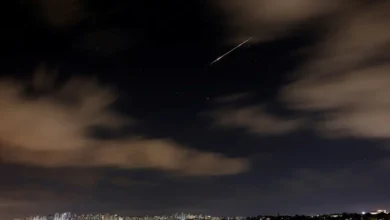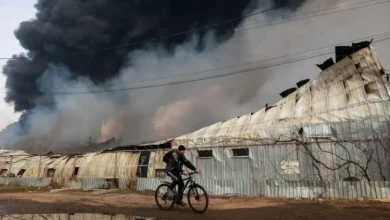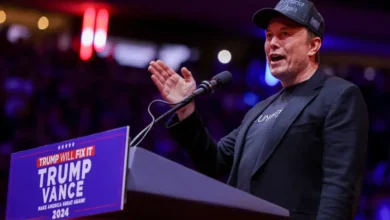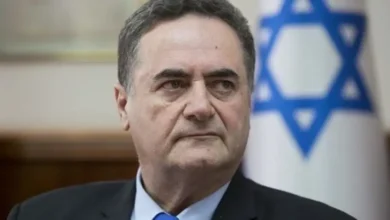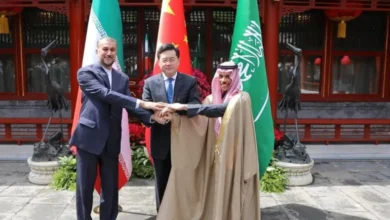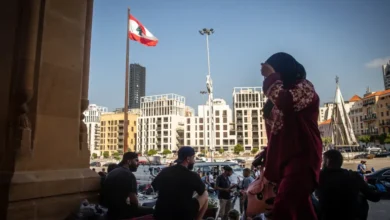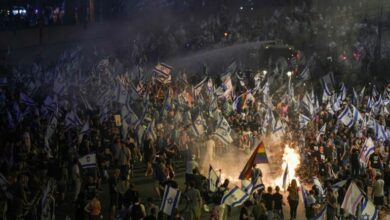Military chiefs to thrash out Ukraine peacekeeping proposal amid Russia war
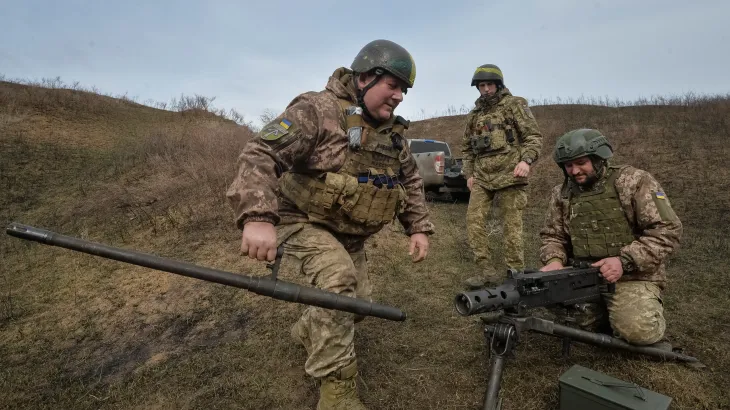
Military personnel from more than 30 countries convening in the United Kingdom this week plan to thrash out the scope and scale of a ceasefire enforcement mission to Ukraine, military sources have told Al Jazeera.
The meeting comes two weeks after UK Prime Minister Keir Starmer announced that a “coalition of the willing” would work on a peace plan to present to United States President Donald Trump, who has put Washington’s support of the war-torn country into doubt.“They’re looking very seriously… at what is required, what countries can contribute,” said a senior military source with knowledge of the discussion, insisting on anonymity to speak freely.
“It needs to be a maximalist approach, so then we can see whether the US can provide any enablers,” the source said. “This is an opportunity for the Europeans to step up. This is quite exciting… We can still do this quite quickly.”
Enablers include air, land and sea transport, long-range fires, drones, counter-drones and air missile defence, where the US excels and Europe still lags behind.A Ukraine peacekeeping implementation force would require many “tens of thousands” of troops, military analysts told Al Jazeera, if it is to sit between Ukraine’s standing army, about a million-strong, and Russia’s invading armies, now believed to number about 650,000, backed by a government in Moscow hostile to the idea of multinational peacekeepers.
In addition, the US may be there only in a supporting capacity.
Trump told reporters last month he expected Europe to take the lead on securing Ukraine.
“I’m not going to make security guarantees beyond very much,” he said on February 26. “We’re going to have Europe do that.”
That onerous burden seems well beyond the requirements of the so-called “Ceasefire Toolkit” drafted in secret by US, Russian and Ukrainian military experts and published this month.It suggested that 5,000 police and 10,000 supporting military personnel would be enough to monitor a 5km-wide (3-mile) buffer zone along the entire front. However, this was based on Russia consenting to a pullback of heavy military equipment, the creation of humanitarian corridors and joint military coordination.
The majority of countries volunteering forces are from the European Union, but non-EU countries, such as Norway and Turkey, as well as countries in the Asia Pacific, have also expressed an interest.
“If you fail to get a peace in Europe, elsewhere in the world you could have implications, and there could be repercussions in the Pacific,” said the military source, explaining the interest of non-Europeans.

